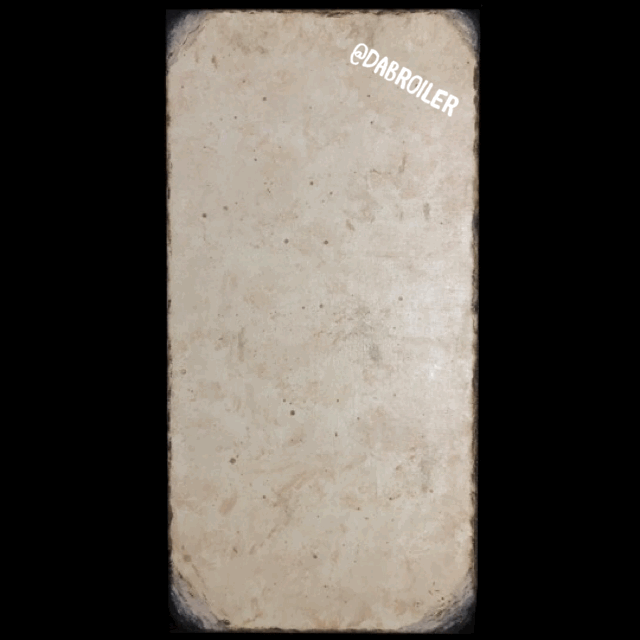First and foremost, I wanted to express my sincere appreciation and gratitude for this website and the net54baseball community. Since joining last year, I feel like I have learned more about the hobby and (specifically) pre-war cards than I have learned in my whole life.
With that said, I have become absolutely enamored with the Monster. Not just because of the endless ways to collect... or the amazing checklist of Hall of Famers, derelicts, and felons... but because of the artwork, which (IMHO) may be the best artwork ever distributed through mass production.
But so little is known about who the artists were... or even how these lithographs were specifically produced. So with a global pandemic and many nights over a glass of my favorite IPA or whiskey... I set out to research and develop my own best guess at how Baseball's Mona Lisa was printed.
Before we get started, a few notes...
1. I am not an artist.
2. This is not an attempt to reproduce a believable copy.
3. Acrylic paint behaves MUCH different than ink and cardstock (so see #2).
4. I am simply a guy who wanted to create a Honus for my man cave... and wanted to do so in such a way that simulates how the lithograph colors behave (ie: overlap, gaps, ghosting, mixing of colors, layer, etc).
5. There are no canvases that have the same height to width ratio as a t206 card. So yes, I am using a 20x10 canvas. Please ignore the borders... or pretend that this is a "big boy" cut... or printers scrap

After several hours of research, I landed on the following print layers (in order):
1. Yellow
2. Black
3. Brown
4. Buff
5. Light Blue
6. Dark Blue
7. Grey
8. Pink
9. Red
Note: Honus does not leverage dark green. For argument sake... the entire uncut sheet would likely be Yellow, Black, Brown, Buff, Light Blue, Dark Blue, DARK GREEN, Grey, Pink, and Red
I could go into a TON of detail on why I picked these colors and this order... and would be happy to discuss further in this thread (Q&A style)... but for the sake of time (and the effort of typing) I will summarize my sources.
1. Scot A. Reader's "Inside t206" found here:
https://oldcardboard.com/t/t206/Insi...al-edition.pdf (to understand the process of printing a t206)
2. The Ink Color thread from the net54baseball.com archives found here:
https://www.net54baseball.com/showthread.php?t=148581 (to see examples of color variations and member arguments about the process)
3. Specifically, the El Encanto proof posted by atx840 in this thread (shows available lithography colors used during this period)
4. Jeff Burdick's Honus Wagner example found here:
https://en.wikipedia.org/wiki/T206_H...eball_card.jpg (to understand which colors were used in Honus and to judge how the colors overlap and which likely came first)
5. Google image search for a wide range of color variations of t206.
To begin the process, I painted the canvas to simulate aged cardstock. This is out of necessity to make the card look 110 years old... and it is necessary to do at the beginning so that imperfections in the "paper" can show through the "ink".
After that, I applied a mixture of mixing medium to acrylic paint to make it semi-transparent. I would then apply each layer over the previous layer. In the case of almost all paints... the layering of two colors (yellow and pink for example) would result in a near-perfect match (like the yellow-orange in Honus' background). There were a few instances, however, where I would have to come back in and touch-up colors to match better to the original. This was the case with any lighter pigment, because the mixing medium would have a clouding effect over the previous layer which made the previous layers appear "milky". For this reason, I had to re-paint the dot-matrix (black) 3 times.
This process was repeated until we reached a final image. I am only sharing with the group, as I think this could be an interesting topic for discussion. I also have some thoughts on the printing process given the challenges with black throughout the process. Thanks for amusing me and letting me share
Final art (colors appear darker on this site for some reason):

-BK